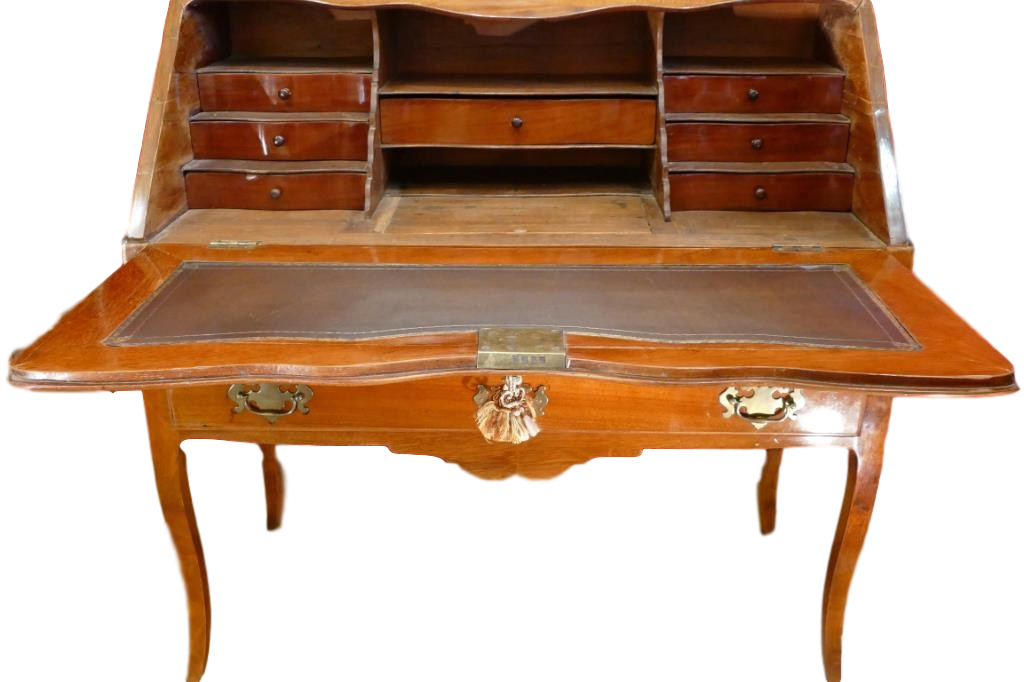Office slope Malouin mahogany 18th century
€5,800.00
Tax included
Mahogany sloping desk with flap opening 6 small drawers with 4 lockers and a secret.
Three belt drawers.
Arched feet.
Brass lock entrances.
Falkland work of the 18th century.
Height: 101 cm
Width: 97 cm
Depth : 48 cm
Mahogany sloping desk with flap opening 6 small drawers with 4 lockers and a secret.
Three belt drawers.
Arched feet.
Brass lock entrances.
Falkland work of the 18th century.
Height: 101 cm
Width: 97 cm
Depth : 48 cm
Specific References
Biography
No related article on blog






